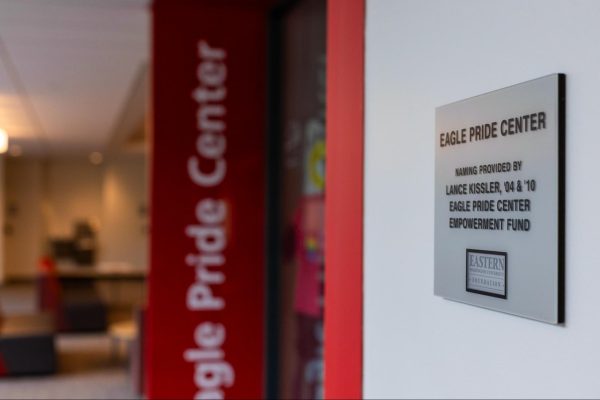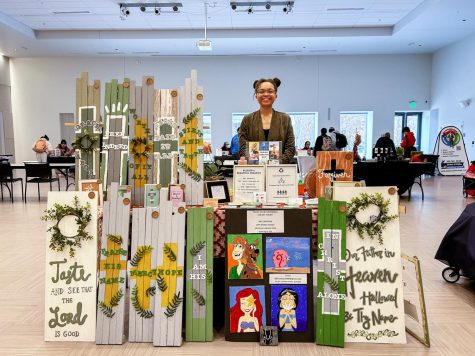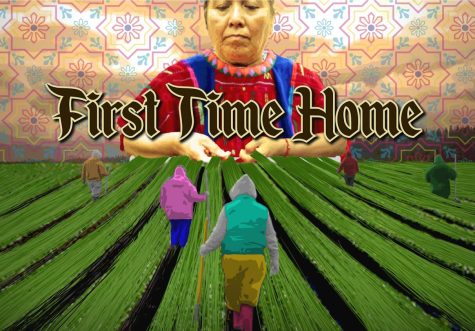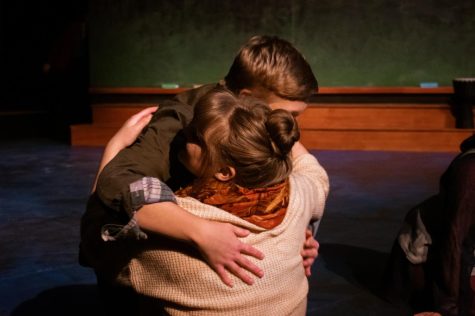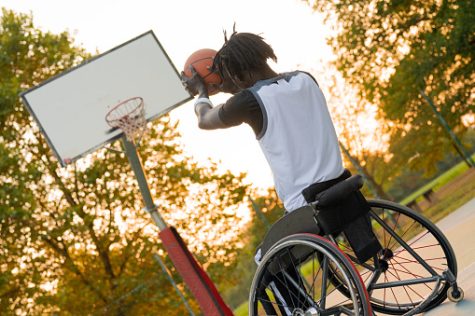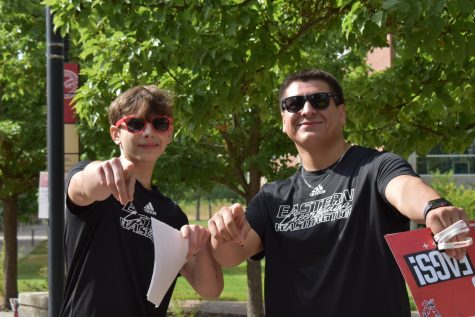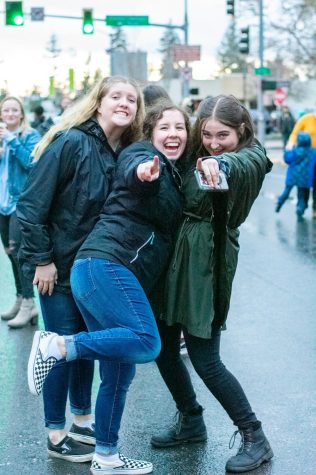Squirrels become part of campus setting
October 4, 2012
Squirrels. There can never be too many of them, except maybe at Eastern. Students will notice that as the trash cans get fed, so do the squirrels.
One never knows if a furry face will pop out of a trash can the next time something is thrown away.
Michelle Helmerick, the assistant to the dean of students, said, “I have occasionally seen someone get startled as they throw trash away and a squirrel jumps out at them.”
Karen Wichman, the director of facilities services, received a call one year for a squirrel’s nest between the glass and screen in a window in Isle Hall. “I looked in the nest and there were about four or five baby squirrels squirming around,” Wichman said.
These little creatures are fearless around Eastern. They will walk up to students, and some will even let people hold them.
Biz Arega, a freshman, was picking up the squirrels and holding them during freshman orientation.
Julia Houle and Emily Fanelli also were holding and petting a squirrel near the campus mall. It was their first time holding a squirrel.
“We live in a city called Longview, Wash., and we are pretty into squirrels,” Houle said. “We have a squirrel park and three bridges for the squirrels high in the air from trees to other objects.”
In Longview, this squirrel obsession all began with a man named Amos Peters. He built several squirrel feeders, and in 1963, he built a squirrel bridge across a highway. There is also a 10-foot tall squirrel statue in their city.
“In Longview, we have a Squirrel Fest. It’s pretty much all we have,” Fanelli said. “We also have a squirrel parade.”
“You know the Mr. Peanut advertisement?” Houle asked. “In the parade, a guy dresses up in a squirrel outfit that is shaped just like the peanut guy, except it looks like a squirrel. There is also a giant squirrel wheel that crushes peanuts on the side as people run on it. The wheel goes on a float in the parade as well.”
“Here, the squirrels are a lot friendlier and a lot fatter, probably because people feed them,” Fanelli said. “At home, you can’t catch or hold the squirrels. They are adorable here.”
“The squirrels are active,” said Arega.
“At home, we just praise the squirrels, but here, we get to hold them,” Houle said.
If students look high up in the trees during the winter all around campus, they will probably see squirrel nests in them. The nests look like a big ball of leaves.
Students will also notice that some of the squirrels have thinner hair on their tails in the springtime, and that is because the mothers pluck their tail hair out to insulate the nest, according to Wichman.
There are two types of squirrels on campus: the tree squirrels and the ground squirrels.
“The tree squirrels are kind of comical, and they have their place on campus,” Wichman said. “But sometimes we have to correct the ground squirrels, especially on the playing fields. We have to flood them out and discourage them from living in those areas, because the holes can be a hazard to students playing sports.”
Although squirrels are a part of our community at Eastern, it is important to remember the possibility of squirrel bites and diseases. In a 2002 article of The Easterner, Virginia Jameson wrote about “previous incidences of biting,” but neither Helmerick or Wichman have ever heard of such an occurrence.
“Keep in mind that squirrels are not like cats at home,” said Helmerik. “They aren’t pets.”








